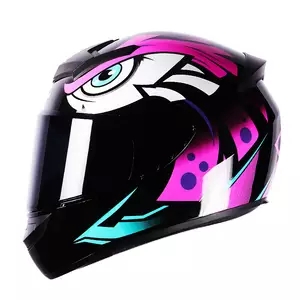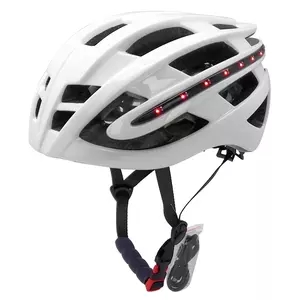The electric bicycle industry has seen a surge in innovation and design creativity in recent years, resulting in sleek and stylish e-bike models that cater to a wide range of preferences and lifestyles. Here are some prominent design trends in the electric bicycle industry:
- Integration of Components: One of the key design trends is the seamless integration of components such as batteries and motors into the frame of the e-bike. This integration creates a cleaner, more streamlined look that closely resembles traditional bicycles.
- Hidden Batteries: Many manufacturers are designing e-bikes with batteries that are subtly hidden within the frame’s downtube. This design choice not only improves aesthetics but also makes the e-bike appear more like a regular bicycle.
- Minimalist Frames: Minimalist frame designs with clean lines and simple silhouettes are popular. These frames often use hydroforming and other advanced manufacturing techniques to create lightweight yet sturdy structures.
- Invisible Wiring: Wiring for components like lights, displays, and sensors is often hidden within the frame, resulting in a sleek appearance and reducing clutter.
- Monochrome and Matte Finishes: Monochrome color schemes, especially matte finishes, are trending. These finishes create an understated and modern look while reducing reflections and glare.
- Retro and Vintage Designs: Some e-bike manufacturers are incorporating retro and vintage design elements, blending classic aesthetics with modern technology. This appeals to riders looking for a timeless style.
- Café Racer and Scrambler Styles: Inspired by motorcycle design, café racer and scrambler styles are making their way into the e-bike world. These styles emphasize a rugged yet stylish appearance.
- Folding and Compact Designs: Folding e-bikes with sleek designs are gaining popularity in urban areas. These bikes prioritize portability and convenience while maintaining a contemporary look.
- Integrated Lighting: Integrated lighting systems are becoming more common, with lights seamlessly integrated into the frame, handlebars, or other parts of the bike. This enhances visibility while maintaining a clean aesthetic.
- Ergonomic Geometry: E-bikes are being designed with ergonomic considerations in mind, providing comfortable riding positions that encourage an upright posture and reduce strain on the rider.
- Touchscreen Displays and Smart Integration: Some e-bikes feature touchscreen displays with smart capabilities, allowing riders to control settings, navigation, and even smartphone integration. These displays are often sleek and modern in design.
- Premium Materials: High-quality materials such as carbon fiber and lightweight alloys are being used to create visually appealing frames that are both durable and stylish.
- Customization Options: Many manufacturers offer customization options, allowing riders to choose frame colors, accessories, and components that align with their personal style.
- Artistic and Limited Edition Designs: Some e-bikes are treated as works of art, featuring unique paint schemes and designs. Limited edition models showcase exclusivity and creativity.
- Urban Lifestyle Designs: E-bikes designed for urban commuting often prioritize practicality, with features like cargo racks and fenders integrated into the design while maintaining a modern, urban aesthetic.
These design trends reflect the ongoing efforts within the electric bicycle industry to create visually appealing, functional, and innovative e-bikes that resonate with a diverse range of riders and preferences.





























